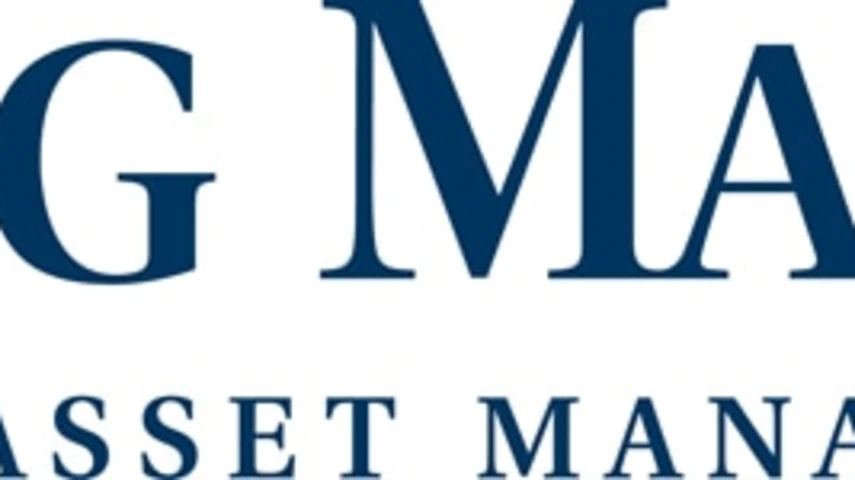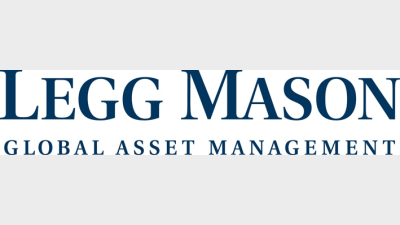Who said investing in shares has to be volatile?



It’s a common problem confronting financial advisers. Clients that became heavily cashed-up during the GFC are seeking higher yields because term deposit rates have almost halved since mid-2008 while living costs have continued to increase. In fact living expenses for retirees have increased by 3.4% in the 15 years to December 2011, outstripping the inflation rate of 2.9%.
In the quest for higher yields many income-seekers have shied away from the equity market, believing shares are simply too risky. But as we will see, there is a big difference in risk depending on how you invest in the Australian equity market. It follows that investing in shares for capital growth is a much higher risk scenario than investing for dividend income. It’s like chalk and cheese.
A stepping stone from term deposits?
In some ways you could consider the idea of investing in equities for income as a stepping stone out of term deposits, or an intermediate step between a term deposit and a more-risky capital growth orientated sharemarket investment. Equity income may be an ideal solution for income investors (like retirees) who want higher yields with some of the benefits equities can provide, with stocks we consider less volatile than the broader sharemarket.
These days you don’t have to look far to read about the shift in focus in the Australian funds management industry from capital to income, given the pending retirement of baby boomers. Whilst the majority of investment products and the Australian superannuation system have been focused on accumulation products for the last 20 years, Legg Mason believes that what retirees want and need are income-based products to pay for their annual cost of living in retirement and have that income stream grow over time to offset inflationary forces. That concept of ‘income stream growth’ is very important and is what sets equity income apart from many other income alternatives including term deposits and even fixed-rate annuities.
Dividends are the quiet achiever
Many adviser clients could be forgiven for not fully appreciating how much company dividends contribute to the total investment return of the sharemarket over time. On any given day media headlines discuss the movement in the All Ords or Dow Jones, but these headlines are often not corrected for the additional return from dividends. That’s a big oversight but at the end of the day dividend headlines probably don’t sell as many newspapers. If you break down the performance of the sharemarket over multiple periods (last 1, 3, 5, 10 and 15 years) you may be surprised that the dividend income return has exceeded the return from capital gains. That’s right. Even in the past 12 months the capital return flatlined at +0.5% but the return from dividend income was 4.9%.
The chart below shows the potential misconception of a ‘risky sharemarket’ if you are investing for income. It compares the accumulated return of $1 over time from capital versus the more-stable dividend income.
Turtle beats the Hare: Dividends versus capital growth of the S&P/ASX 200 Accumulation Index over 15 years

Source: Legg Mason Australian Equities. Past performance is not a reliable indicator of future performance.
Dividend risk not the same as sharemarket risk
It is well accepted that risk plays a key role in the minds of income investors, so how do dividends compare to capital growth in terms of volatility? Not surprisingly, dividends are far more stable. While share prices can go up or down based on expectations of European recession or Bernanke stimulus, the return from dividends is far more reliable year-to-year as it flows from company annual profit results – which are far more stable than share prices. In fact, over the last 15 years, the worst return from dividends was 2.7% and the best 6.2%. This compares to capital gains and losses which have swung from -42.7% to +38.7% (rolling 12 month basis).
Many might say that such swings were in the past, what about the future? Importantly, for investors today, Legg Mason predicts the future returns on the dividend side are likely to be at least as strong as the last 10 years as the forecast yield is now 5.1%. This suggests the opportunity to benefit from dividends has not yet passed, unlike term deposits that have current rates of 4.65% versus a 10-year average of 5.5%.
And unlike term deposits the annual income stream from dividends tends to grow over time. The annual dividend income of the sharemarket as a whole has grown 5.5% in the last year and 11.4% pa over the last 15 years in addition to the annual yield. That’s a grow rate in income that term deposits cannot match.
These statistics apply to the ASX200 Index. Overlay that with active stock selection from a fund manager to focus on income-friendly stocks and suddenly the picture can get significantly better.
A ready-made equity income solution from Legg Mason
The Legg Mason Australian Equity Income Trust is an actively managed fund that invests in high quality franked dividend-paying companies. It’s been purpose built with retirees in mind, and aims to provide all the benefits that investing in shares can provide (franking, income stream growth, inflation protection) but with stocks we consider less volatile stocks than the broader sharemarket. In the year to July 2012 the Legg Mason Australian Equity Income Trust delivered a 6.9% dividend income plus an additional 2.1% income return for retirees from franking before fees. That’s a total income return of 9.0%.
If you would like to know more about Legg Mason’s income strategies, including its Equity Income, Real Income and Australian Bond products, contact 1800 679 541 or visit our website at www.leggmason.com.au.
Legg Mason Asset Management Australia Limited (ABN 76 004 835 849 AFSL 240827) (Legg Mason) is part of the global Legg Mason, Inc. group. Legg Mason is the issuer of the Legg Mason Australian Equity Income Trust. The information herein does not constitute specific investment advice and does not include recommendations on any particular securities. Any opinions or forecasts included herein are subject to change without notice and do not constitute investment advice or recommendations. A Product Disclosure Statement (PDS) is available by contacting Legg Mason on 1800 679 541. Potential investors should read the PDS prior to making any investment decisions and consider consulting a financial planner or other professional. Legg Mason makes no guarantee of capital or income returns or yields and investments are subject to risk including possible delays of withdrawal proceeds and loss of capital invested. Past performance is no indication of future performance.
Recommended for you
A strong demand for core fixed income solutions has seen the Betashares Australian Composite Bond ETF surpass $1 billion in funds under management, driven by both advisers and investors.
As the end of the year approaches, two listed advice licensees have seen significant year-on-year improvement in their share price with only one firm reporting a loss since the start of 2025.
Having departed Magellan after more than 18 years, its former head of investment Gerald Stack has been appointed as chief executive of MFF Group.
With scalability becoming increasingly important for advice firms, a specialist consultant says organisational structure and strategic planning can be the biggest hurdles for those chasing growth.










